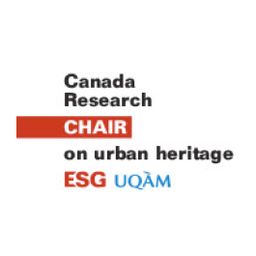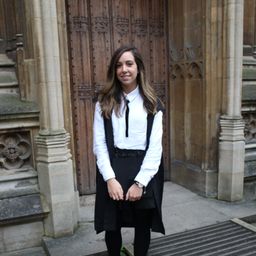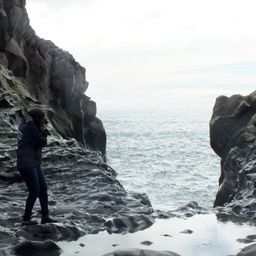Canadian Identities: 150 Years of Nation Building(s) II | Les identités canadiennes : 150 ans de bâtir la nation II
My Session Status
This year, Canada marks the 150th anniversary of Confederation. To celebrate this momentous event, communities and organizations are uniting to examine our past and present, to consider plans for the future, and to try to define Canadian national identity. As a nation, Canada has always been a land of many voices, and thus of many identities; a fact that was formally recognized by parliament as multiculturalism some fifty years ago. Since then, we have become increasingly aware that Canadian identity is, in fact, plural and shaped by the aspirations of our culturally diverse inhabitants. As Canada’s built environment has the fabric of our diverse national identities embedded in it, it is a useful source of information concerning Canadian national identities. From the nineteenth-century Gothic Revival churches of Joseph Connolly (1840-1904) that are reminiscent of Irish architectural traditions, to the French roots displayed in Metis land divisions in the Saint Laurent region of Saskatchewan, our built environment embodies the cultural and historical traits of various groups. An examination of Canadian identity through its built environment is thus an important part of the larger discourse around the 150th anniversary.
For this session, we invite submissions that explore this theme of the built environment as a manifestation of Canada’s multicultural identities. Submissions are welcomed that highlight significant monuments, structures, or cultural landscapes that have contributed to Canada’s built heritage both pre- and post-1867, and at the municipal, provincial, or national levels.
Cette année, le Canada célèbre le 150e anniversaire de la Confédération. Pour célébrer cet évènement retentissant, les communautés et les organisations se réunissent pour examiner notre passé et notre présent, pour envisager des plans pour l'avenir et pour essayer de définir l'identité nationale canadienne. En tant que nation, le Canada a toujours été une terre de nombreuses voix et donc de nombreuses identités — un fait reconnu officiellement comme du multiculturalisme par le parlement il y a une cinquantaine d'années. Depuis ce temps, nous sommes devenus de plus en plus conscients que l'identité canadienne est, en fait, plurielle et façonnée par les aspirations de nos habitants diversifiés sur le plan culturel. L'environnement bâti du Canada représente le fondement de nos diverses identités nationales et il constitue une source d'information utile sur les identités nationales canadiennes. Des églises gothiques du XIXe siècle de Joseph Connolly (1840–1904) qui rappellent les traditions architecturales irlandaises, jusqu'aux racines françaises des départements métis dans la région du Saint Laurent en Saskatchewan, notre environnement bâti englobe le caractère du patrimoine culturel et historique de divers groupes. Un examen de l'identité canadienne à travers son environnement bâti est donc une partie importante du discours plus large autour du 150e anniversaire.
Sub Sessions
The Canadian mosque is a building typology with nearly a century of development, with documented Muslim presence in Canada dating back to 1854. Nascent Muslim populations in each province, from different waves of immigration, worshipped in private and rented spaces for the first decades of presence before converting a building or constructing a mosque. The first purpose-built mosque was Al Rashid, in Edmonton, built in 1938. Other ‘first’ mosques throughout Canada include the Islamic Centr...
Arguably—and ironically—Modernism's heritage value can be traced to its inception and premise: a break from history to explore and express architecture uninhibited. Formally, this presents itself prominently through the free plan, symbolized through Le Corbusier's Maison Dom-ino. The ability to provide a core structure, with the remaining space generic and facilitated as desired, can prove a critical asset to modernism's longevity. Alongside this idea, Modernism's maturity lead to more inclus...
A new kind of architectural sculpture emerged in Toronto in the late 1920s. Inspired by examples in Europe and wishing to promote Canadian design and craftsmanship to the broader public, a loose coalition of architects sought to create buildings representing a collaboration amongst the various branches of the arts. In parallel with growing public recognition of sculpture in Canada and evolving trends in architectural language, this new collaborative ideal reached a peak in the 1930s and 40s. ...


